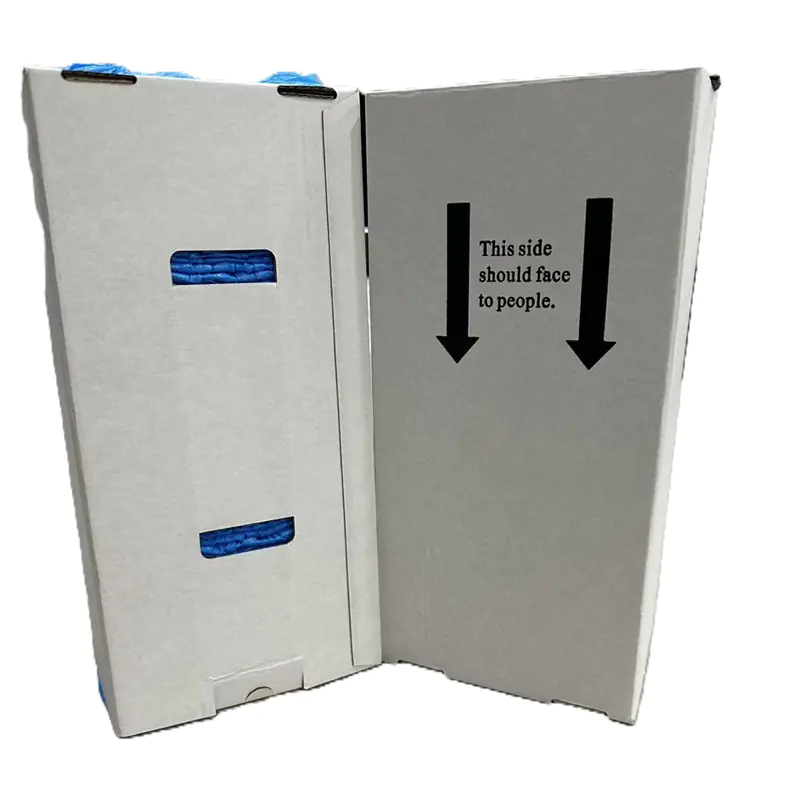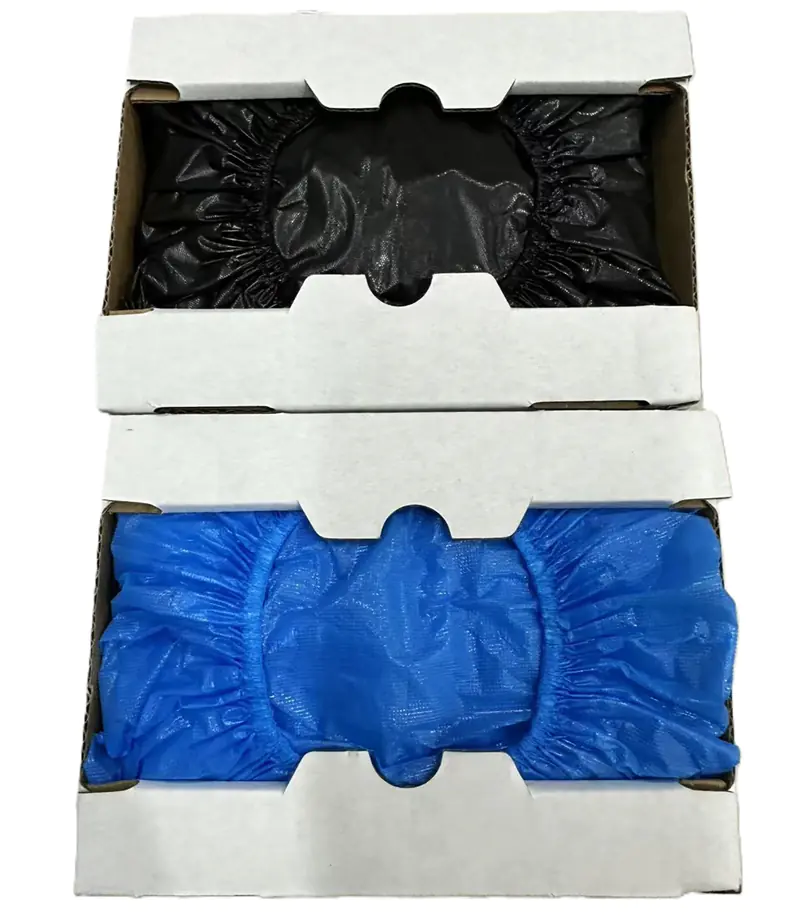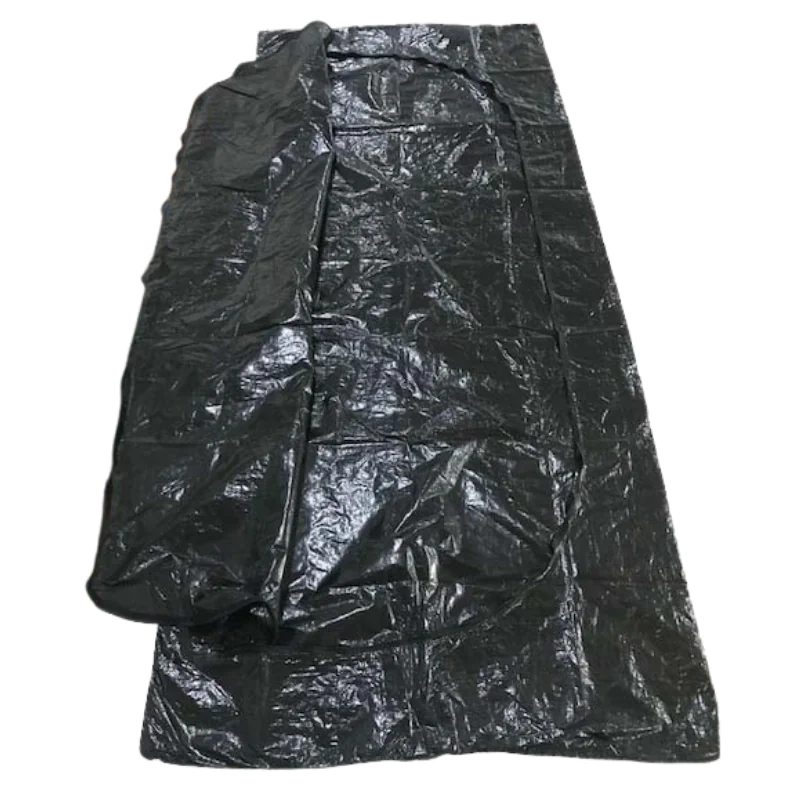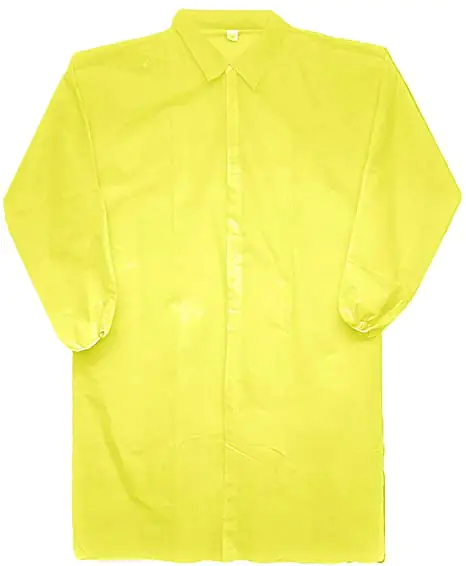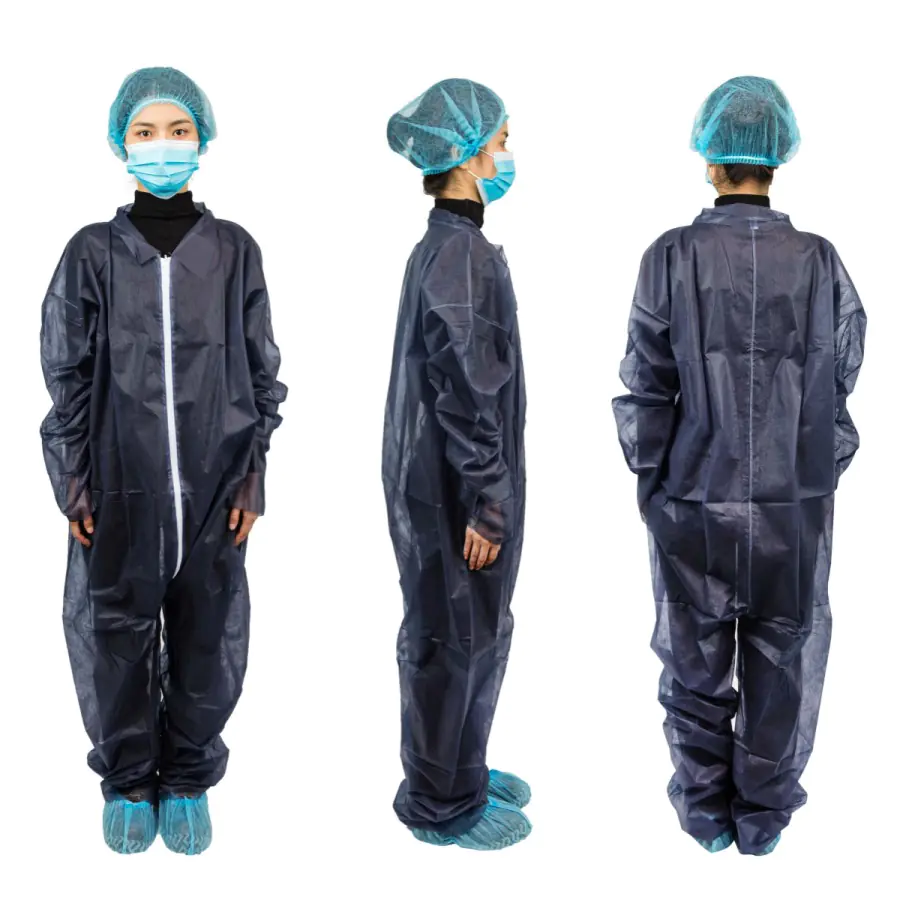Have you ever wondered how workers in transformation des aliments, healthcare facilitieset manufacturing plants stay super clean? One big secret is capuchons jetables. These are special throwaway head covers that stop dirt, hair particleset dust particles from causing trouble. They’re a must-have for hygiene compliance and keeping workplaces safe. Let’s dive into everything about these disposable head covers, like what they’re made of, where they’re used, and why they’re so cool!
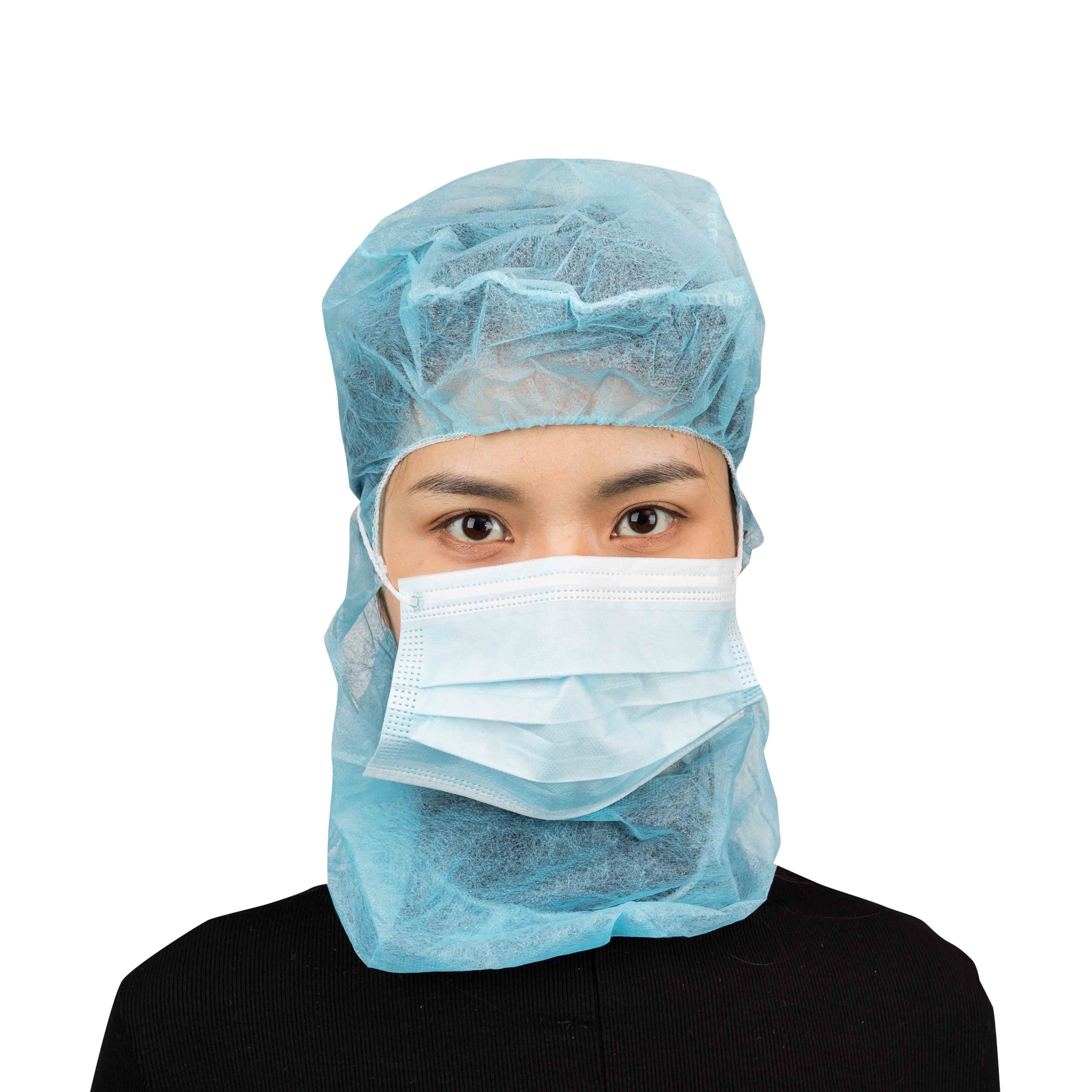
What Are Disposable Hood Caps?
Capuchons jetables are like hats you use just once and then toss. They cover your head, sometimes even your neck or beard, to keep things clean. They’re super important for contamination prevention in places with sterile environments. Think of spots like les laboratoires, kitchens, and pharmaceuticals factories. They help with occupational safety by acting as a shield against contaminants, making sure no hair shedding reduction fails. Without these single-use headgear, cross-contamination could mess up consumer safety trends in many jobs.
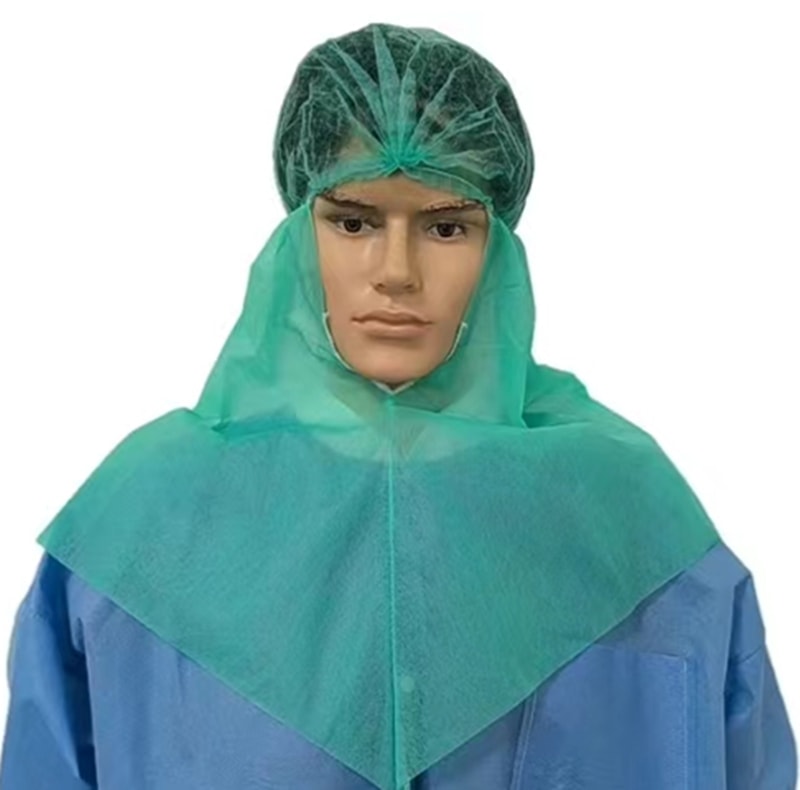
Key Materials Used in Hood Caps
These protective hair covers are made from different stuff, depending on the job. Let’s check out the main nonwoven hood materials used for hygiene hood caps.
- Polypropylène: This is a lightweight head protection material. It’s soft, allows breathability, and works great for particle filtration. Many use it because it’s cheap and perfect for bulk disposable caps.
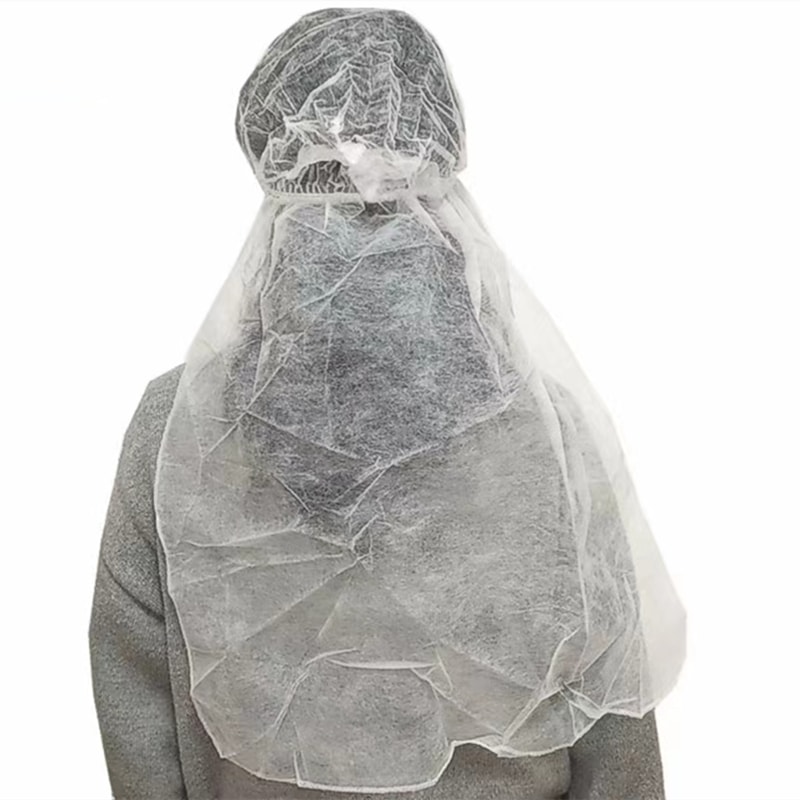
- Non-tissé SMS: Known for awesome fluid resistance, it stops liquids and tiny bits. Studies show it blocks 99% of fluids in high-risk environments (Textile Research Journal). It’s often used in tough spots needing multi-layer protection.
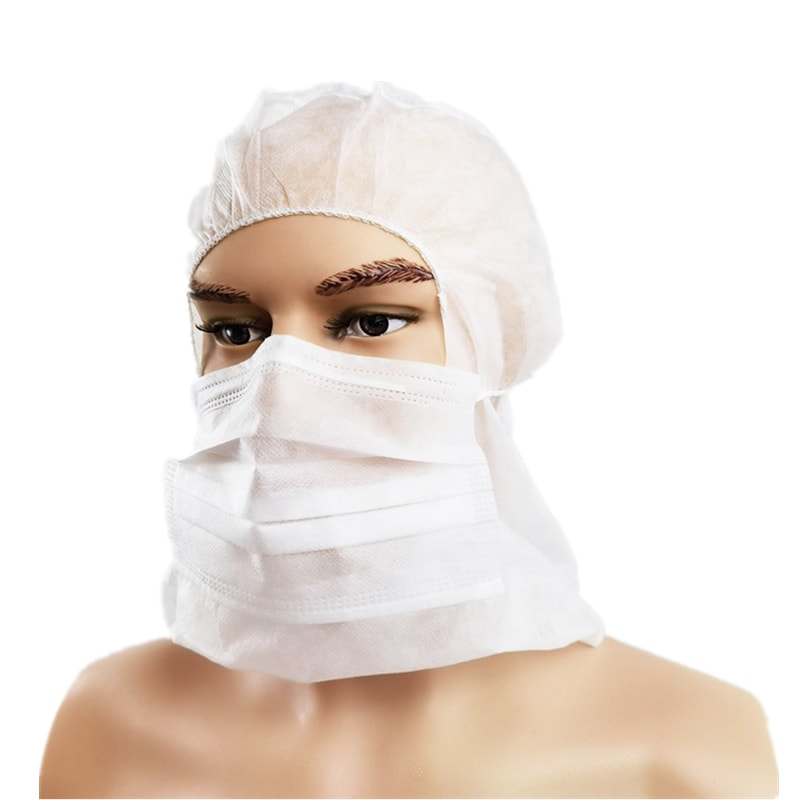
- Spunlace Fabric: This feels nice and has good tear strength. It mixes moisture management with durability, ideal for comfortable headwear during long hours.
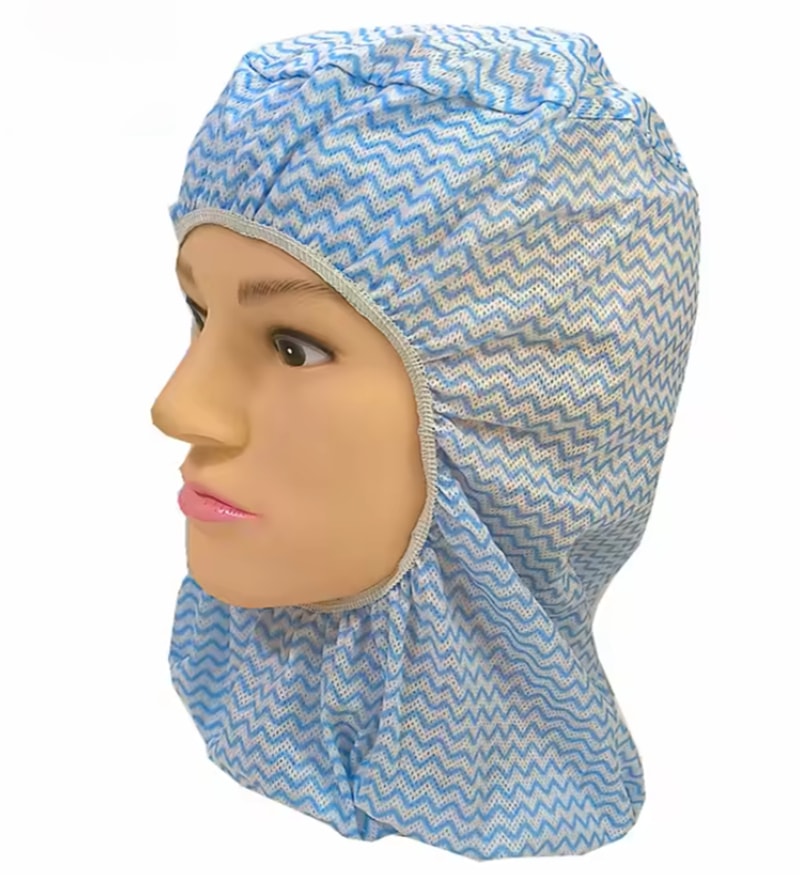
- Microporous Film: This adds chemical resistance and acts as a bacteria barrier. With allergen control et liquid-repellent caps features, it suits industrial spill protection while keeping thermal comfort.
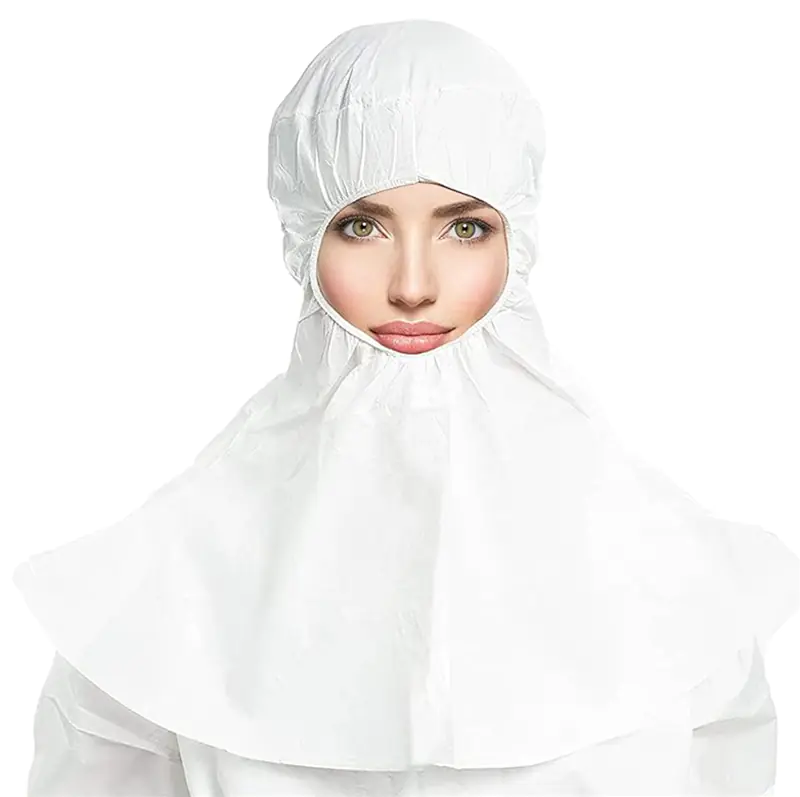
These materials help with anti-static hood caps ou latex-free materials pour allergy-friendly options, meeting allergic reactions needs and thermal regulation.
Types of Disposable Hood Caps
There are lots of disposable hygiene products shaped for different tasks. Here are some top picks for hair containment solutions.
- Disposable Balaclavas: These give head-to-neck coverage, leaving just your eyes out. They’re great for cleanroom headgear in places with strict sanitation protocols.
- Bouffant Caps with Neck Wraps: Big and puffy, these have ties for custom sizing. They’re a hit in food safety headwear for full hairnet alternatives.
- Full-Face Coverage Caps (Astronaut-Style): With extra shields, these all-in-one coverage caps protect against airborne particle control. They fit industrial cleanrooms et healthcare PPE trends.
- Surgical Hoods with Ties: Made for hospital sterile caps, they stay snug with elasticated hood design to keep things dust-free environments.
Each type boosts ergonomic hood fit and helps with sanitation audits en hygienic workspaces.

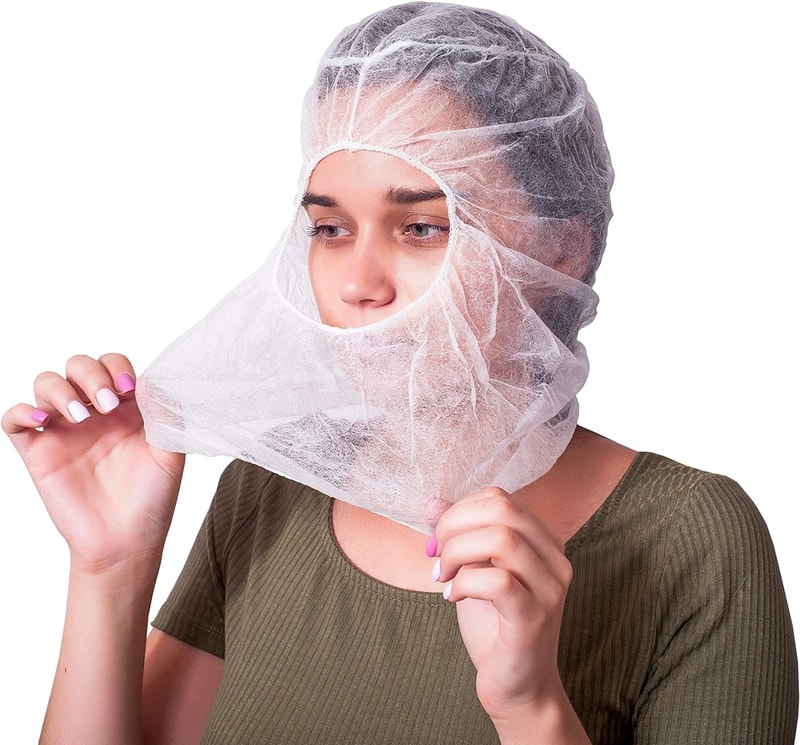
Top Applications Across Industries
Capuchons jetables are used everywhere for workplace hygiene. They tackle workplace contamination with ease. Here’s where they shine for multi-industry applications.
- Transformation des aliments: In kitchens and factories, processed food safety is huge. Caps stop hair from getting into food, cutting down hygiene violations. About 30% of food recalls tie to bad beard containment covers (FDA Compliance Report). They’re key for food packaging safety.
- Soins de santé: In healthcare facilities, 92% of hospitals use these in surgeries (Healthcare Hygiene Magazine). They lower infection rates and match infection control needs in sterile packaging setups.
- Manufacturing: For manufacturing PPE, caps guard against dust prevention en industrial automation. They fit industrial applications like making electronics, supporting process optimization.
- Laboratoires: In labs safety gear settings, they help with industrial hygiene trends by blocking tiny bits, aiding particle filtration en cleanroom protocols.
These uses show how caps meet multi-industry use and boost worker productivity under workplace safety audits.


Benefits of Using Hood Caps
Why are these industrial safety caps so loved? Here’s why they’re great for workplace compliance.
- Reduced Cross-Contamination Risks: They cut airborne particle control issues by 85% in food jobs (Journal of Food Protection). This is huge for cross-contamination prevention.
- Cost Savings Over Reusable Alternatives: They save 60% on costs compared to washing reusable gear (Industrial Safety Review). That’s big for cost efficiency et bulk purchasing benefits en supply chain efficiency.
- Compliance with Hygiene Regulations: They help pass hygiene certifications and keep sanitary standards high, matching sanitation audits needs.
- Enhanced Worker Safety and Confidence: With 78% of workers liking breathable disposable caps (Occupational Health Journal), they add worker comfort and trust in safety certifications.
Plus, they avoid industrial laundering costs and fit into PPE kits pour industrial PPE kits setups, making them cost-effective disposables.
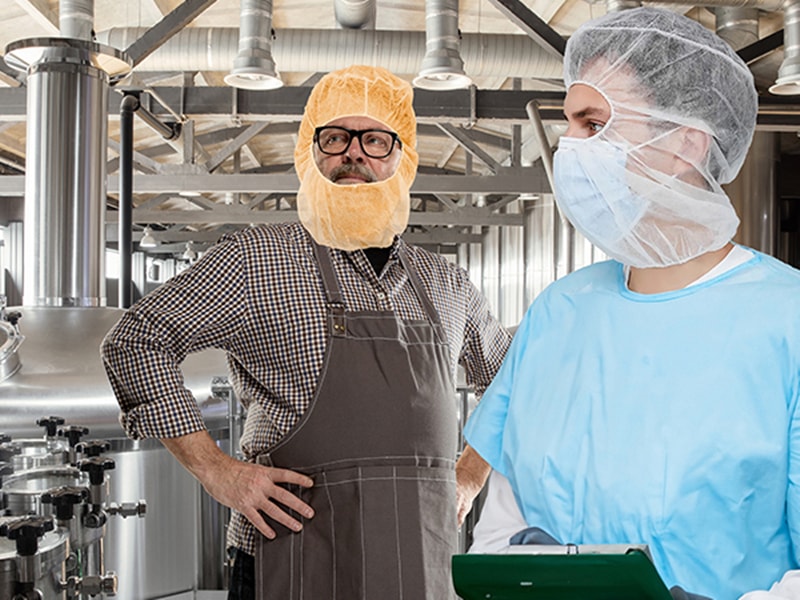
How to Choose the Right Hood Cap
Picking the perfect cap for disposable accessories isn’t hard if you know your needs. Think about these for industry-specific PPE.
- Material Suitability for Specific Hazards: Need fluid-resistant caps? Go for SMS nonwoven. For dust suits disposable, try polypropylene coat. Match it to material durability.
- Coverage Needs (Neck, Beard, Face): Pick beard and hair nets ou multi-use scenarios caps like non woven hood styles. Check out breathable disposable hood cover for options.
- Breathability vs. Protection Trade-Offs: Balance sweat-resistant materials with moisture-wicking caps against strong anti-fogging materials pour ergonomic PPE design.
- Latex-Free Options for Sensitive Skin: If allergic reactions worry you, get latex-free headwear pour consumer demand safety.
Browse items like cagoule chirurgicale jetable en spunlace avec attaches ou new style disposable balaclava hood for fits. Need extras? Pair with disposable non-woven beard cover.

Proper Usage and Disposal
L'utilisation disposable PPE kits like hood caps is easy. Follow these steps for single-use culture safety.
- Step-by-Step Wearing Guide: Tie hair back, slip on the cap, and cover all hair. Ensure custom-fit hood caps fit well with elastic bands. This helps disposable product lifespan.
- Avoiding Common Fitting Mistakes: Don’t let hair peek out. Bad fits hurt sanitary manufacturing. Adjust for ergonomic design.
- Environmentally Responsible Disposal: Toss used caps in the right bin. Sadly, 40% of disposable waste is from these (Environmental Science & Policy). Think about waste management et industrial waste reduction for less environmental impact en waste streams.
This keeps hygiene training programs strong for occupational safety gear.
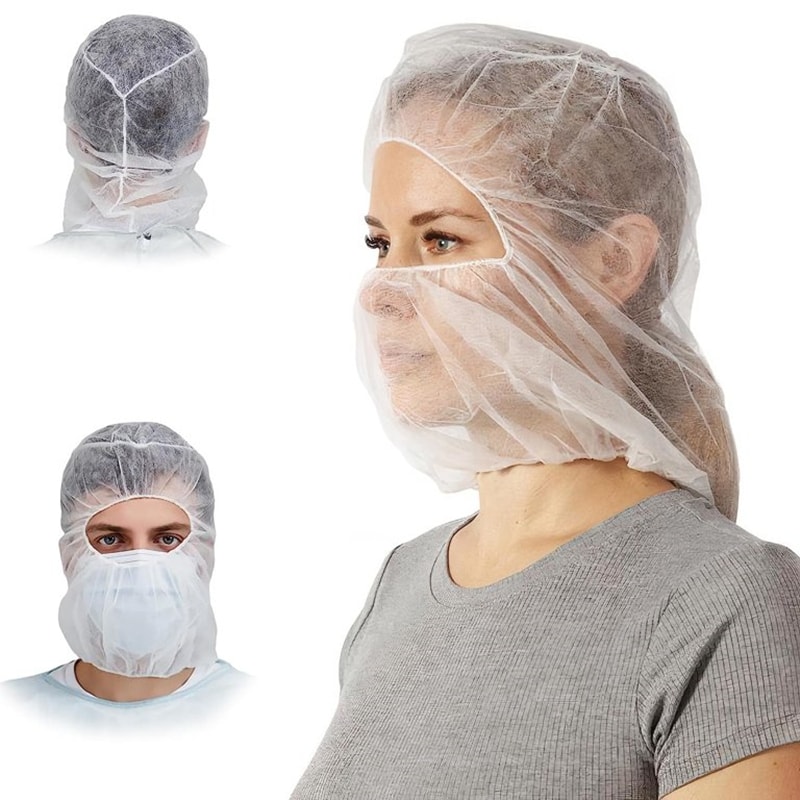
Capuchons jetables are game-changers for workplace safety audits in spots like cleanrooms. From polypropylene à microporous film barriers, their fabric tear resistance et anti-static perks meet industrial applications. Whether it’s hospital sterile caps ou industrial safety caps, they deliver reduced cross-contamination risks across multi-industry use. The market’s growing at 7.2% yearly through 2030 (Grand View Research), showing global market growth pour disposable PPE kits. So, grab gear like disposable hair nets for food service and cooking to keep sanitary workspaces. They’re your ticket to a clean, safe job with all the disposable product lifespan benefits!
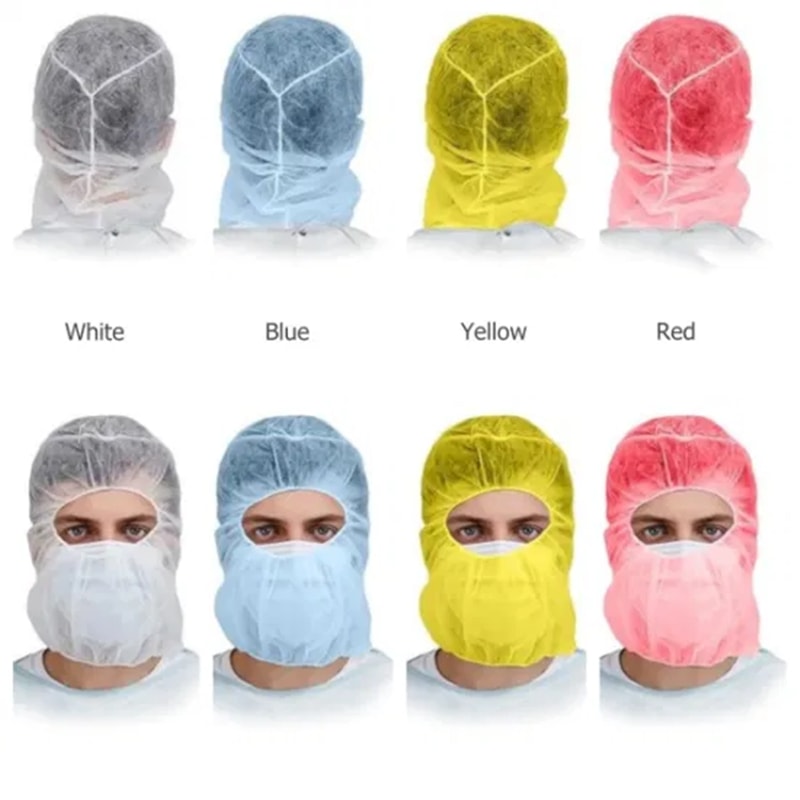
FAQ
How often should hood caps be replaced?
Swap them after each use for hygiene compliance. They’re made for one-size-fits-all design ease in bulk packaging.
Can hood caps be recycled?
Some can, check eco-friendly alternatives. It’s part of supply chain care for regulatory guidelines.
Are there reusable alternatives?
Yes, but they cost more to clean. Stick with disposable vs. reusable pour cost efficiency en industrial hygiene.


